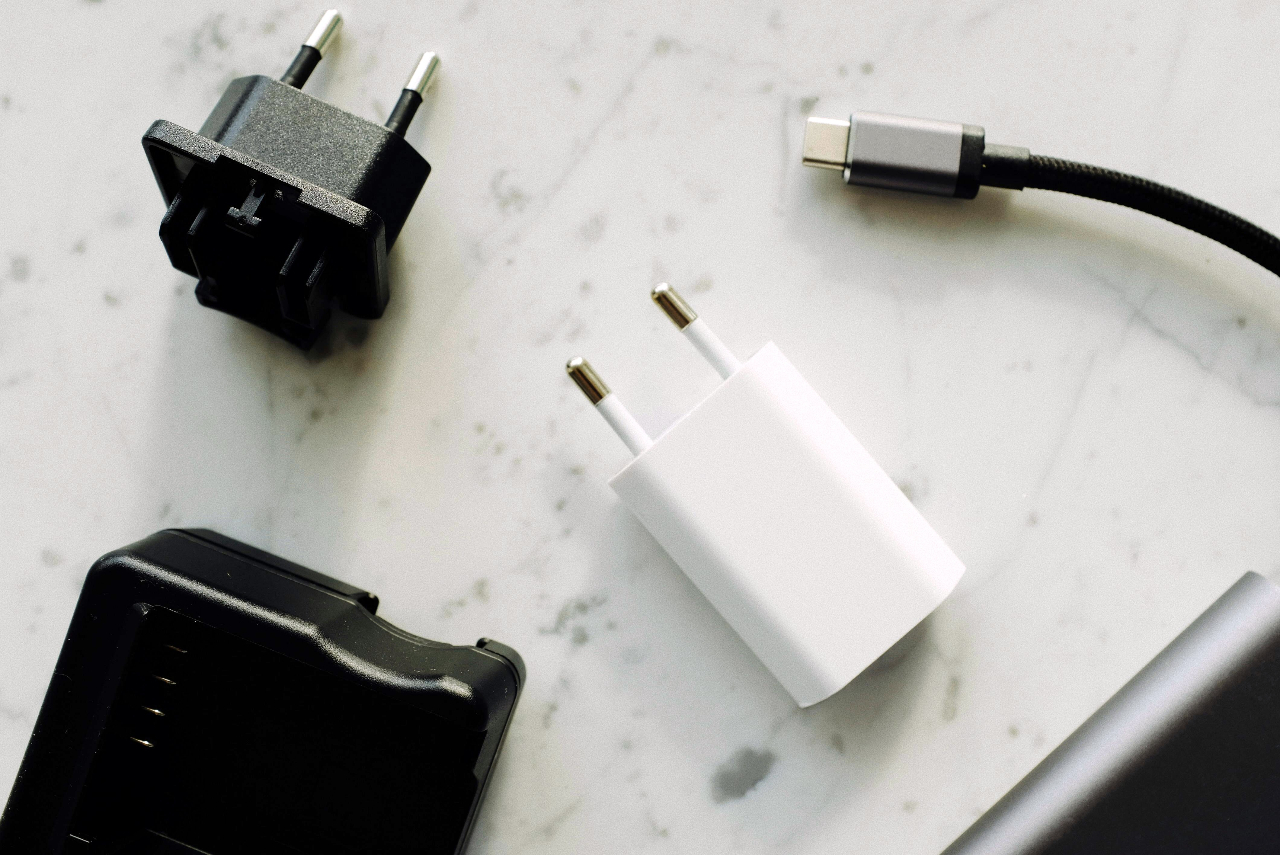USB-C chaos: Why not all cables are created equal

The promise of USB-C was simple: one universal connector to rule them all. In reality, the USB-C ecosystem has become a confusing maze where identical-looking cables deliver wildly different performance, charging speeds, and compatibility. Just like understanding the nuances between different games at Vox casino requires knowledge of rules and odds, navigating USB-C requires understanding specifications that aren’t always obvious from appearance alone.
This standardization chaos affects millions of consumers who assume all USB-C cables work the same way. The result is frustrated users, damaged devices, and wasted money on cables that don’t meet their specific needs or device requirements.
The hidden specifications behind identical connectors
USB-C cable differences stem from varying internal specifications that determine data transfer speeds, power delivery capabilities, and protocol support. While all USB-C connectors look identical, the wires and controllers inside can vary dramatically between manufacturers and price points.
Data transfer speeds range from basic USB 2.0 (480 Mbps) to cutting-edge USB4 (40 Gbps) depending on internal wire quality and controller chips. Many cheap cables only support the minimum USB 2.0 standard despite being marketed as “high-speed” options.
Power delivery capabilities vary from basic 15-watt charging to 240-watt laptop power supplies. The internal wire gauge, connector quality, and safety circuitry determine how much power a cable can safely handle without overheating or causing device damage.
Video output support requires specific wire configurations and protocol chips that many basic cables lack entirely. DisplayPort Alt Mode, HDMI support, and 4K video capabilities depend on these hidden internal specifications rather than connector appearance.
Key internal specifications affecting performance:
- Wire gauge determines maximum safe power delivery
- Controller chips enable specific protocols and features
- Shielding quality affects signal integrity and interference
- Connector build quality impacts durability and connection reliability
- Certification levels indicate tested compatibility standards
These invisible differences explain why some cables cost five times more than others despite looking identical to casual observers.
Power delivery standards and safety concerns
Choosing the right USB-C cable becomes critical when dealing with high-power devices like laptops, gaming systems, or fast-charging smartphones. Inadequate cables can cause slow charging, device overheating, or potentially dangerous electrical failures.
USB Power Delivery (PD) standards define specific voltage and current combinations that devices negotiate automatically. However, cables must physically support these power levels through appropriate wire gauge and connector ratings to prevent safety hazards.
Counterfeit cables often lack proper safety certifications and may use substandard materials that can cause fires, electrocution, or expensive device damage. These fake products frequently appear identical to legitimate cables but fail catastrophically under normal use conditions.
Power Level | Typical Applications | Required Cable Specs | Safety Considerations |
15W | Basic phones, accessories | USB 2.0 minimum | Low risk, most cables work |
60W | Laptops, tablets, fast charging | USB-C PD certified | Requires proper wire gauge |
100W | Gaming laptops, monitors | USB-C PD 3.0 certified | High-quality connectors essential |
240W | Workstations, high-end gaming | USB-C PD 3.1 certified | Premium cables only |
Understanding these power requirements helps prevent device damage while ensuring optimal charging performance for your specific equipment needs.
Data transfer speed variations
USB-C compatibility issues often arise from mismatched expectations about data transfer capabilities. Consumers assume all USB-C cables support fast file transfers, but many budget options only provide basic USB 2.0 speeds suitable for charging but inadequate for large file transfers.
USB 3.2 Gen 1 cables offer 5 Gbps speeds suitable for external drives and regular file transfers. USB 3.2 Gen 2 doubles this to 10 Gbps for professional workflows involving large video files or frequent backups.
Thunderbolt 3 and USB4 cables provide 40 Gbps speeds but cost significantly more due to complex internal circuitry and strict certification requirements. These premium cables excel at professional video editing, external GPU connections, and high-speed storage arrays.
Cable length affects maximum achievable speeds, with longer cables generally supporting lower data rates due to signal degradation. Two-meter cables may only support USB 2.0 speeds even if they contain USB 3.2 wiring.
Video and display protocol support
Modern devices increasingly rely on USB-C for video output to external monitors, projectors, and TVs. However, video capabilities depend entirely on internal cable specifications that aren’t visible from connector appearance alone.
DisplayPort Alt Mode enables direct monitor connections through USB-C ports, but requires cables with specific wire configurations and protocol support. Many basic charging cables lack these video-carrying wires entirely.
HDMI Alt Mode support varies between cable manufacturers and often requires expensive licensing that budget cable makers avoid. This explains why some cables work perfectly for data and charging but fail completely for video output.
Resolution and refresh rate capabilities depend on cable bandwidth and signal quality. 4K at 60Hz requires significantly more bandwidth than 1080p displays, limiting cable options for high-resolution gaming and professional video work.
Essential video output considerations:
- Alt Mode protocol support varies between cable models
- Resolution capabilities depend on internal bandwidth limitations
- Cable length significantly affects maximum video quality
- Active vs passive cables determine supported display configurations
- Certification markings indicate tested video compatibility
These technical requirements explain why professional users often pay premium prices for certified video cables despite appearance similarities.
The path through USB-C complexity
Understanding USB-C cable differences empowers consumers to make informed purchasing decisions based on actual requirements rather than marketing promises or appearance assumptions. The key lies in matching cable specifications to device needs and intended usage patterns.
Invest in quality cables for critical applications while using basic options for simple charging tasks. This targeted approach maximizes performance where it matters while controlling costs for routine applications.
Remember that cable quality affects device performance, safety, and longevity. Cheap cables may seem like bargains initially but often create expensive problems through poor performance or device damage over time.
The editorial unit

























Facebook
Twitter
Instagram
YouTube
RSS